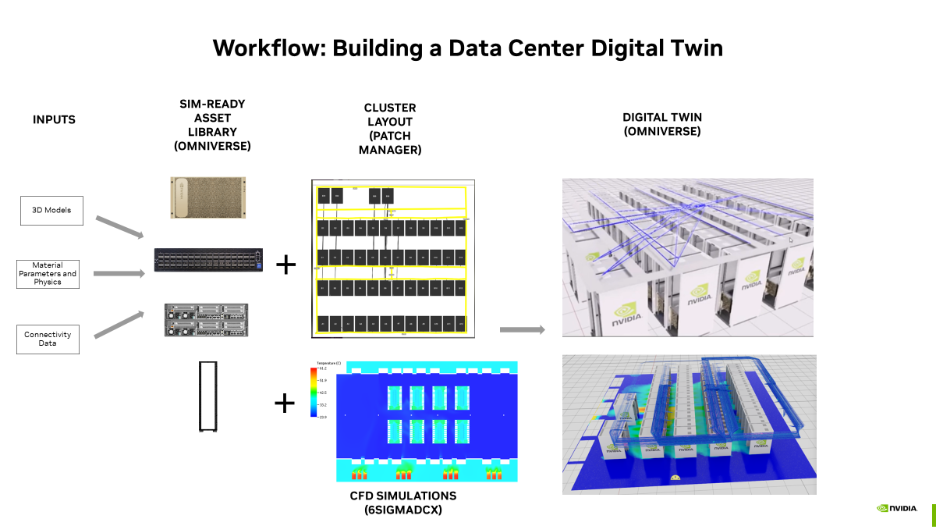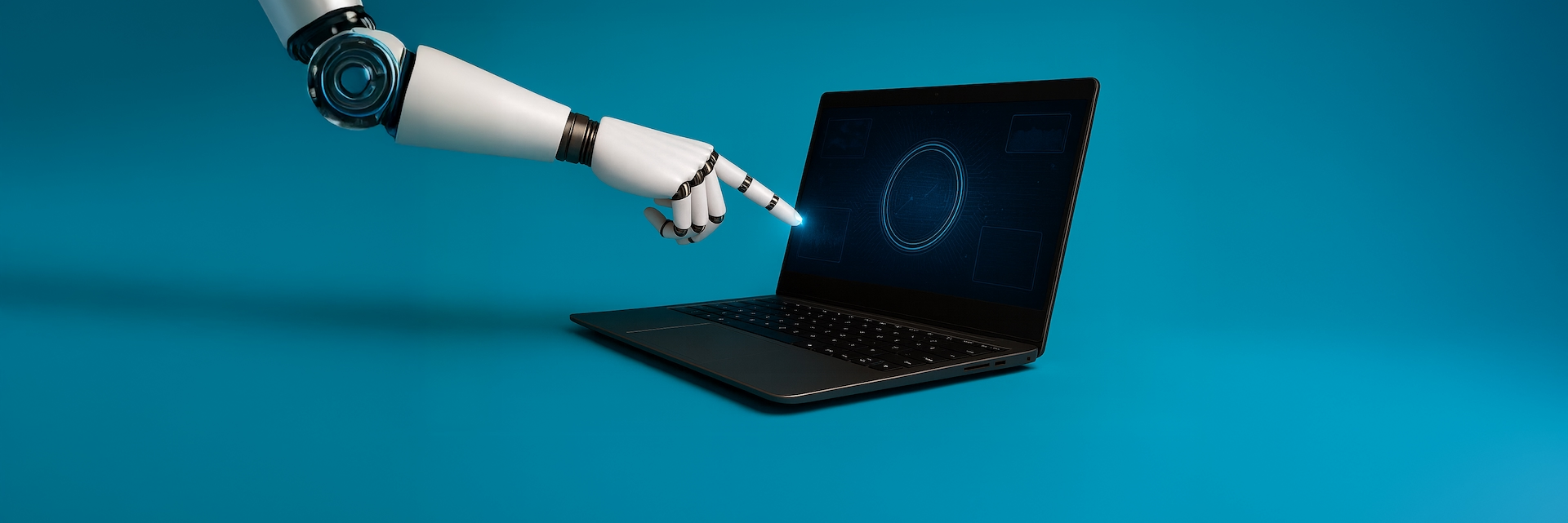
your data center is wasting energy—here’s how digital twins can fix it
Picture a data center operating at maximum energy efficiency, not by chance, but by design. Imagine a future where real-time insights eliminate costly guesswork and wasted resources, reducing expenses and shrinking your carbon footprint. This isn’t just a vision; it’s possible today with digital twins. These sophisticated virtual models accurately mirror your physical infrastructure, allowing you to test scenarios, optimize performance, and make smarter decisions, all before any real-world changes are made. Curious about how digital twins work and the tangible benefits they can bring to your business? Read on!
What are digital twins, anyway?
We are not talking about the NFT version of the Olsen sisters here: a digital twin is a 3D virtual model of your data center that mirrors its real-time conditions. It’s like having a crystal ball that shows how cooling systems, power distribution, and server performance interact, before you make physical changes. This isn’t just for tech wizards; even small businesses can use digital twins to test scenarios like deploying new AI workloads or upgrading cooling systems. For example, a study conducted at the University of Liverpool showed digital twins reduced energy consumption by 23% and saved them £25,000 in operational costs.
Why energy efficiency matters (more than ever)?
AI and high-density servers are revolutionizing industries, but they’re also energy hogs. A single AI query like ChatGPT guzzles 10x more energy than a standard Google search. Traditional cooling systems struggle to keep up, forcing operators to overcompensate with ones that consume more energy—thus raising the costs and increasing their environmental impact. Digital twins step in by simulating how changes (like cooling upgrades or workload redistribution) affect energy use before they’re implemented. The result? Significant savings in both server and cooling energy use.
How to get started?
The first step is gathering detailed information about your physical infrastructure, including asset lists, CAD models, and environmental data such as temperature and airflow.
Next, this data is fed into specialized software platforms (such as NVIDIA Omniverse or Cadence Reality DC), creating a precise virtual replica of your data center.

Once the initial model is built, calibration begins. Real-time sensor data from your facility is integrated to ensure the virtual twin accurately reflects real-world conditions. This synchronization enables you to simulate scenarios—such as adding new servers or upgrading cooling systems—and instantly see their impact on energy consumption and performance without risking downtime or costly errors. Over time, continuous monitoring and updates ensure that your digital twin remains accurate and actionable, helping you proactively identify inefficiencies and opportunities for improvement.
Digital twins software can also be integrated with existing tools and systems you already use in your facility, such as data center infrastructure management (DCIM) and configuration management database (CMDB)
going one step further with Exellyn
This is where Exellyn helps organizations turn insight into action. While digital twins help optimize performance and energy use, our Global by design, Circular by nature approach ensures that the entire IT infrastructure lifecycle becomes more sustainable and cost-effective. As specialists in serving large corporations, we understand that true sustainability requires end-to-end lifecycle management on a global scale.
Our standardized IT infrastructure and centralized procurement create the foundation for efficient operations, while our global logistics network enables deployment even in the most unconventional locations. The circular element is where the real impact happens: through our BuyBack as a Service® program, we close the loop by purchasing retired equipment and channeling it back into the circular economy via our sister company Ynvolve and our MSP Incubator program.
So how does this connect to digital twins? By combining digital twin insights with lifecycle services, organizations can better anticipate when equipment should be replaced or upgraded — enabling proactive lifecycle management instead of reactive fixes. These forecasts align seamlessly with IT asset disposition (ITAD) services, while our global deployment and maintenance support ensure that infrastructure always runs on the right hardware at the right time. Together, digital twins and lifecycle services create a powerful model: real-time data drives smarter decisions, and expert execution turns those decisions into measurable efficiency and sustainability gains.
the bigger picture: why this matters
We only have one planet, and regulations like the EU’s Energy Efficiency Directive (EED) are tightening, prompting businesses to report and reduce their energy use. Digital twins are a strategic tool for staying compliant while saving money. Additionally, consumers increasingly favor eco-conscious brands. By adopting these solutions, businesses not only cut costs but also build a better reputation.
conclusion
Digital twins provide a game-changing approach to optimize energy efficiency, allowing businesses to make data-driven decisions that cut costs and carbon emissions before changes are even implemented. But true sustainability goes beyond software alone. Pairing digital twin technology with a responsible end-to-end lifecycle management creates a powerful synergy that benefits both the bottom line and the planet.
As regulations tighten and energy costs rise, businesses that embrace these solutions will gain a critical advantage: lower operational expenses, a reduced environmental footprint, and a stronger reputation in a market that increasingly values sustainability. The tools are here, the expertise is available. Get in touch with us if you have any questions!
Enjoying this article?
Follow expert insights,
industry trends, and more
in our quarterly newsletter!
share with your network
click here to download




